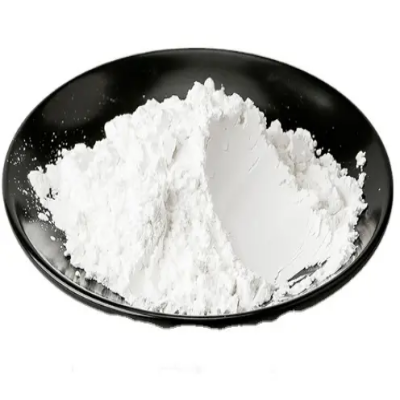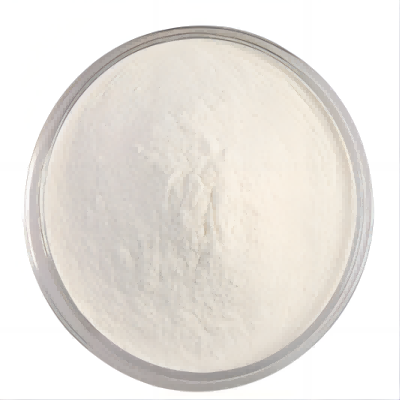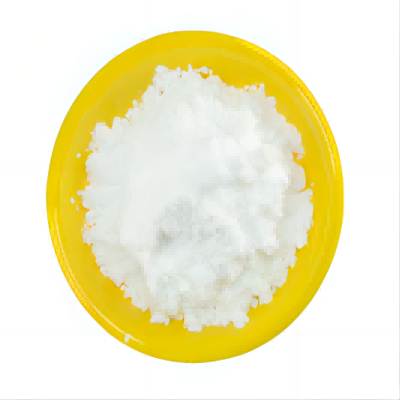5-Acetyl-3-chloro-10,11-dihydro-5H-dibenz[b,f]azepine CAS:25961-11-9
5-Acetyl-3-chloro-10,11-dihydro-5H-dibenz[b,f]azepine has several important applications in pharmaceutical research and organic synthesis due to its structural characteristics. Primarily, this compound serves as an intermediate in the synthesis of other more complex organic molecules, especially those aimed at developing novel therapeutic agents. In medicinal chemistry, derivatives of 5-acetyl-3-chloro-10,11-dihydro-5H-dibenz[b,f]azepine are investigated for their potential biological activities. It is particularly relevant in the development of psychoactive drugs and compounds that target various neurotransmitter systems. The introduction of the acetyl group can enhance lipophilicity and bioavailability, which are critical factors in drug design. Furthermore, this compound can be used in synthesizing anti-inflammatory and analgesic agents. Research studies have explored its role in modulating pain pathways, indicating potential use in treating chronic pain conditions. Additionally, the chlorine substituent may add further pharmacological effects, providing a pathway for creating diverse analogs with tailored biological profiles. Moreover, in the field of materials science, 5-acetyl-3-chloro-10,11-dihydro-5H-dibenz[b,f]azepine can serve as a building block for functional polymers or dyes, capitalizing on its unique structural properties for applications in coatings, inks, and electronic materials. Overall, the versatility and reactivity of 5-acetyl-3-chloro-10,11-dihydro-5H-dibenz[b,f]azepine make it a valuable compound in advancing both pharmaceutical innovation and materials development.



| Composition | C16H14ClNO |
| Assay | 99% |
| Appearance | white powder |
| CAS No. | 25961-11-9 |
| Packing | Small and bulk |
| Shelf Life | 2 years |
| Storage | Store in cool and dry area |
| Certification | ISO. |


![5-Acetyl-3-chloro-10,11-dihydro-5H-dibenz[b,f]azepine CAS:25961-11-9 Featured Image](https://cdn.globalso.com/xindaobiotech/14Z4YR3PJ6@V5_YM366.png)
![5-Acetyl-3-chloro-10,11-dihydro-5H-dibenz[b,f]azepine CAS:25961-11-9](https://cdn.globalso.com/xindaobiotech/14Z4YR3PJ6@V5_YM366-300x300.png)





